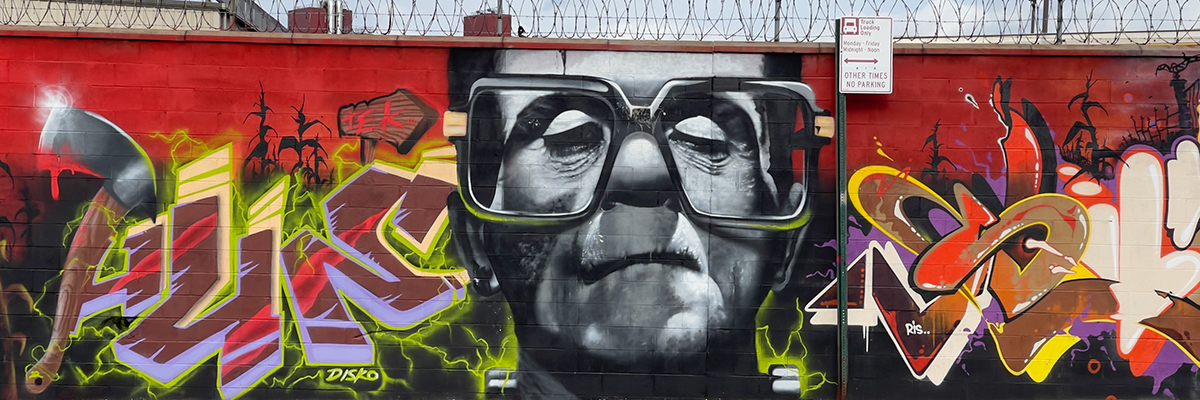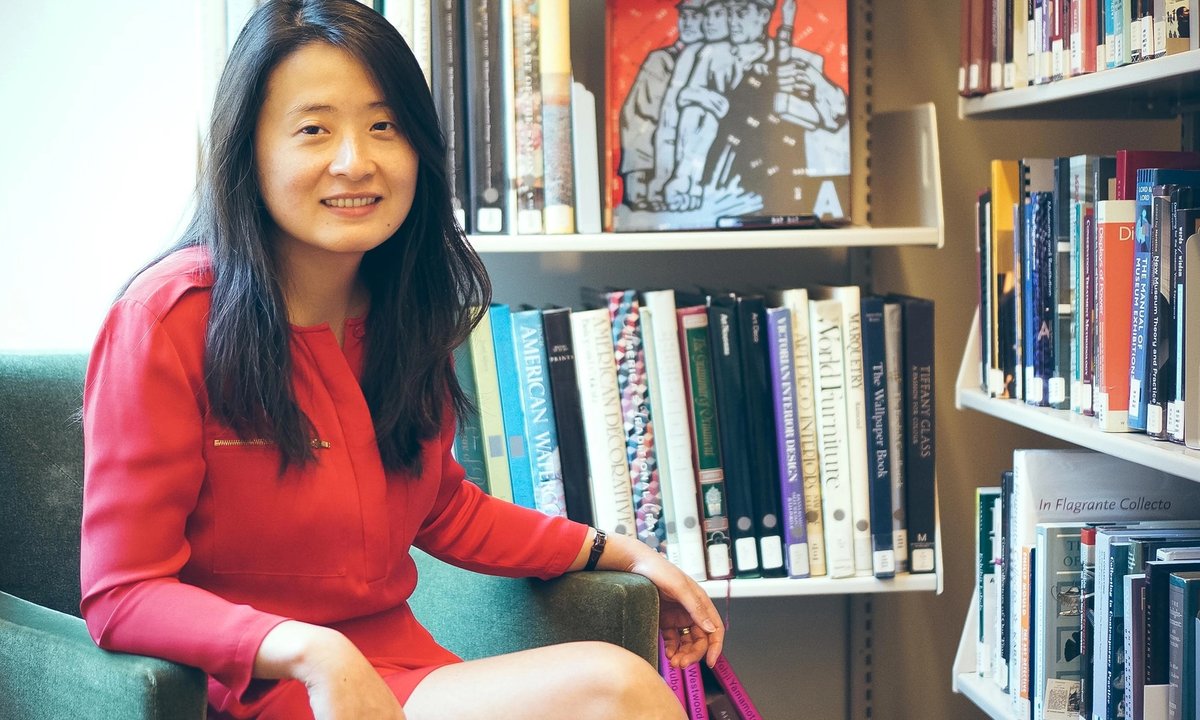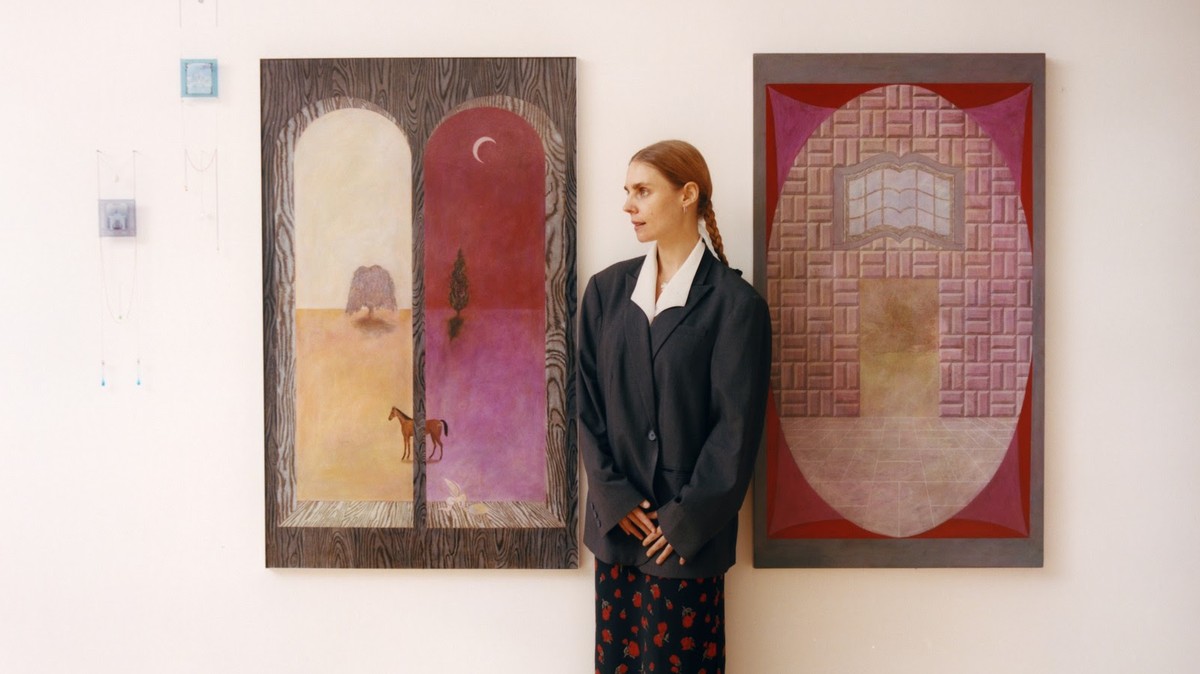Sueños de Jepira (Dreams of Jepira)
2022 - Film & Video (Film & Video)
10:30 minutes
Eusebio Siosi
Jepira is a mythical and essential place of the spiritual dimension for the Wayuu people. It is the starting point and final resting place in their transcendence process which is part of the territory and not dissociated from it, such as in the Catholic notion of Heaven. Today, the Pilon de Azúcar hill which corresponds with Jepira is part of their reclaimed land and connects this dessert culture to the sea; it is the place the Wayuu go when they need to speak with the dead which, along with dreams, is the main way to access spiritual knowledge. In a ritualistic performative action titled Sueños de Jepira (Dreams of Jepira) artist Eusebio Siosi roams through and hikes up to the Pilón de Azúcar hill in Cabo de La Vela, Guajira. There, he blends with his territory through his bare feet, and establishes a spiritual dialogue with his great-grandmother, a spiritual leader whom he did not meet but who, being in Jepira, is available to her people for consultation. Heir to the spiritual tradition of the Wayuu (usually reserved for women), Siosi begins his journey instigated by a desire to become one with this territory and connect with his ancestors, the sound of the ever-present winds accompanying his walk. In his ascension to the top of the hill, moments of ritual, protection, and cleansing of the body succeed in the pilgrimage. Atop the Pilón de Azúcar, Siosi encounters a foreign element, a niche housing the Fatima Virgin which was forcefully installed on the hill in the twentieth century. Siosi surrounds and covers it with a sacred cloth and makes it disappear in a reckoning of cultures: imposition, domination, but also liberation. The Catholic symbol thus becomes invisible to the territory and the dream of a Jepira that belongs again to the Wayuu is fulfilled.
Eusebio Siosi is an artist from the Wayuu people in the Guajira Peninsula in Northern Colombia. He trained as an architect and is today one of the most active cultural leaders in his territory which, along with his own practice, has helped localize the Wayyu’s contemporary artistic production. Through photography and video, and with the use of ritual elements, objects, and materials, his work focuses on the intersection of spiritual practices and the Wayuu territory. Siosi carries out ritualistic performances in which the combination of objects, gestures, and locations propose a displacement or relocation of the Wayuu culture in the world. From an organically decolonial perspective, he speaks of his people and of the recuperation of land and cultural rights. Siosi’s actions and performances open up spaces of communication between this community and the West, both incisive as well as healing, that point at a new order and relation between peoples. His performances operate as interfaces that the viewer can observe, consider, and sometimes participate in order to reassess notions of displacement, otherness, and colonialism through a highly ceremonial experience that is intrinsically associated with the territory.
Colors:
Related works sharing similar palette
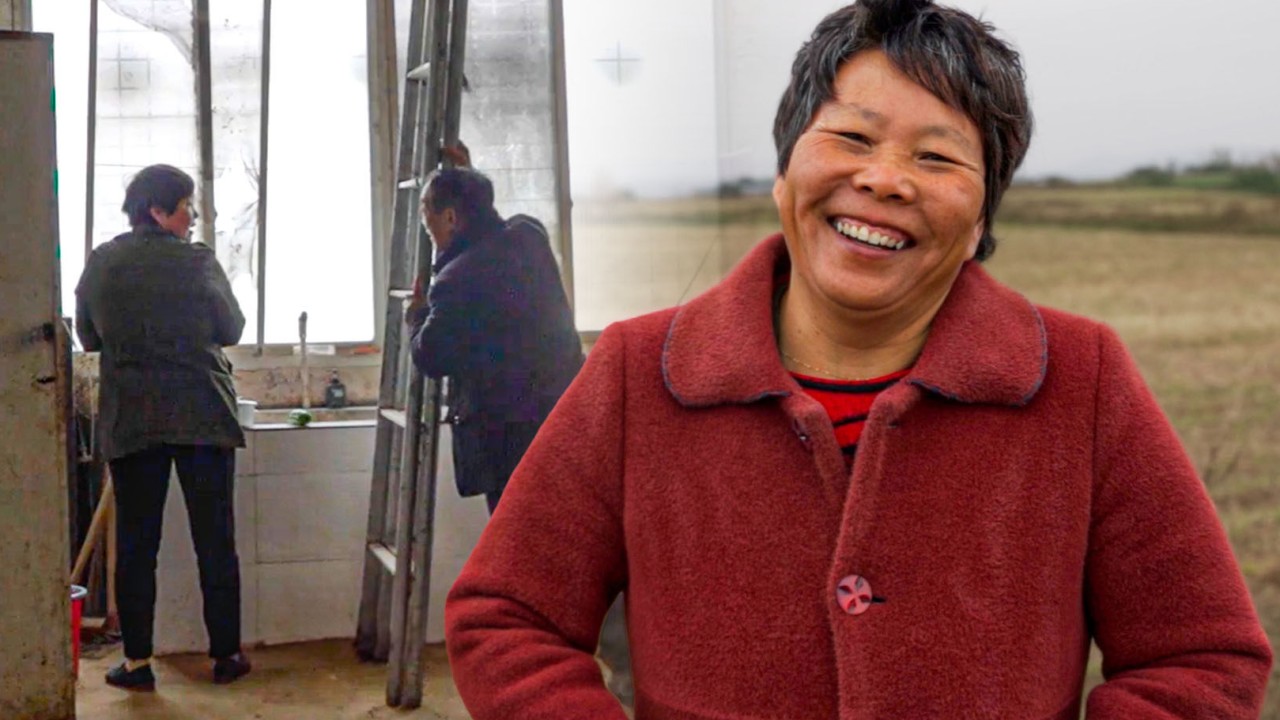
© » SOUTH CHINA MORNING POST
Chinese woman, unhappy over 30-year arranged marriage, writes viral poems of love and resignation | South China Morning Post Advertisement Advertisement China society + FOLLOW Get more with my NEWS A personalised news feed of stories that matter to you Learn more 13:58 Love, freedom and resignation: the chronicles of a Chinese village poet Love, freedom and resignation: the chronicles of a Chinese village poet Lifestyle Family & Relationships Video | Chinese woman, unhappy over 30-year arranged marriage, writes viral poems of love and resignation Han Shimei, who lives in a rural community in China’s Henan province, has been trapped in an unhappy marriage for 30 years Her poems about life and longing for love became a sensation after posting them on video-sharing app Kuaishou China society + FOLLOW Thomas Yau in Shanghai + FOLLOW Published: 11:00am, 11 Feb, 2024 Why you can trust SCMP Han Shimei is a 52-year-old woman living in a rural community in China’s central province of Henan...
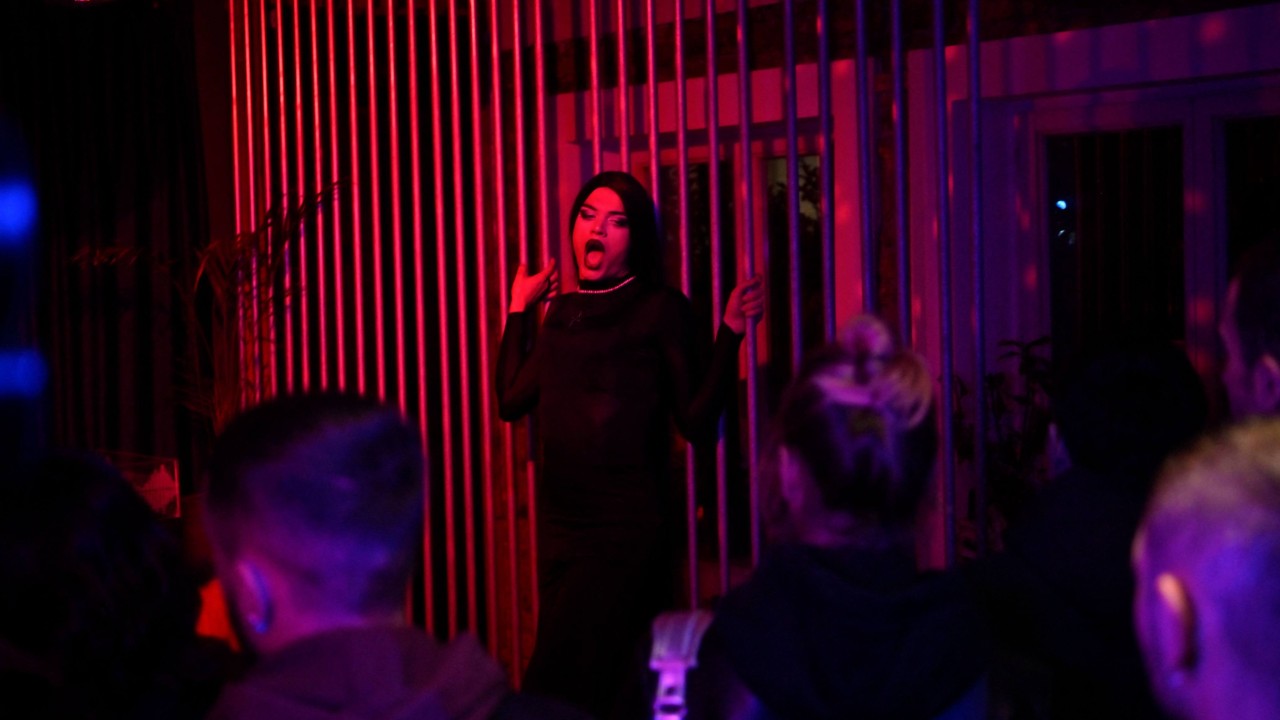
© » SOUTH CHINA MORNING POST
‘A statement in itself’: Muslim-majority Kosovo’s first LGBTQ bar is a symbol of tolerance in a once oppressive society | South China Morning Post Advertisement Advertisement Food and Drinks + FOLLOW Get more with my NEWS A personalised news feed of stories that matter to you Learn more A drag performer kisses a girl during a drag show at Muslim-majority Kosovo’s first LGBTQ bar, Bubble...

© » ARTS EQUATOR
"Dionysus": Suzuki Tadashi Brings Vengeance to SIFA 2019 | ArtsEquator Thinking and Talking about Arts and Culture in Southeast Asia ArtsEquator Viewpoints Dian P Susilaradeya January 14, 2019 By Kathy Rowland (642 words, three-minute read) Suzuki Tadashi is one of the brand names in the international tour circuit, whose productions have earned critical praise and inspired several generations of audiences...

© » KQED
Review: ‘Dragon Lady’ Weaves Tales of Trauma, Karaoke — and a Very Memorable Matriarch | KQED Skip to Nav Skip to Main Skip to Footer The Do List Powerful ‘Dragon Lady’ Weaves Tales of Trauma, Karaoke — and a Very Memorable Matriarch David John Chávez Nov 30 Save Article Save Article Failed to save article Please try again Facebook Share-FB Twitter Share-Twitter Email Share-Email Copy Link Copy Link Sara Porkalob in 'Dragon Lady,' written and performed by Sara Porkalob, at Marin Theatre Company, in association with Center REP...

© » ARTS EQUATOR
SEE WHAT SEE (Feb 2021): DESIRE | ArtsEquator Thinking and Talking about Arts and Culture in Southeast Asia Articles February 18, 2021 By Joel Tan Welcome to my new column 1 Does “column” still make sense in the context of a website? for ArtsEquator, where every month I’ll be giving you a little line-up of Singaporean and other Southeast Asian streaming content that I think is interesting and worth talking about in my typically TLDR, long-winded way...
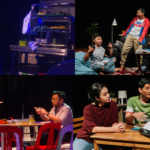
© » ARTS EQUATOR
Podcast 70: The Hawker & Rumah Dayak | ArtsEquator Thinking and Talking about Arts and Culture in Southeast Asia Articles Courtesy of The Second Breakfast Company & Black Alley Media December 7, 2019 In this latest podcast episode, Kathy Rowland, Matthew Lyon and Naeem Kapadia discuss recent productions The Hawker by Second Breakfast Company, an immersive piece that pays homage to individuals in a hawker centre, and Rumah Dayak by new theatre collective Rupa co.lab, which puts the experiences of troubled Malay youths centrestage...

© » FRANCE24
Artist Akeem Smith on bringing Jamaican dancehall culture out of the shadows - arts24 Skip to main content Artist Akeem Smith on bringing Jamaican dancehall culture out of the shadows Issued on: 03/11/2023 - 15:44 11:25 arts24 © FRANCE 24 By: Solène CLAUSSE | Marion CHAVAL | Magali FAURE | Clémence DELFAURE | Alison SARGENT | Loïc CHALAVON | Sonia PATRICELLI Akeem Smith grew up between Brooklyn, New York and Kingston, Jamaica, where his aunt and grandmother were figures of the city's dancehall culture...

© » KADIST
Arabella Campbell
2011In Gradation (2011), nine raspberries lined up on a lichen-dotted rock progress from left to right, dark to light, plump and juicy to not-yet-ripe...


